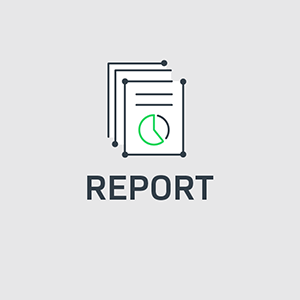I wish I could say that I was surprised, but I’m not. I’m not surprised that Adobe’s new Creative Cloud version of Photoshop has been pirated, and I’m not surprised by the “told you so” reactions when it was pirated just one day after its release.
Really? Are you surprised?
The cracking community loves the challenge of cracking software and boasting that they cracked it first. Photoshop is one of the most pirated applications ever – did anyone think that this new version would be any different?
According to Adobe CEO Shantanu Narayen the Creative Cloud model “isn’t a move solely devoted to defeating software pirates, [but said] the shift will improve the situation. ‘It allows us to provide different offerings in different emerging markets without worrying about gray markets.'”
Let’s look past the people who download pirated software for sport – the folks who collect software like they collected Pokemon cards – just for the bragging rights (and ultimately the cards end up in a shoe box and the software unused on a dusty hard drive). On the other hand, people who download software and use it to run a business (actual consumers) are far more interesting. These users value the software and actually use it to create value for which they are paid.
Would you be surprised if I said that piracy is a failure of control? Piracy occurs when there is a disconnect between the value of software in the mind of consumers and a lack of control over intellectual property by the producers. The challenge is to find the right price in a given market where both parties agree on that value and to increase control by tracking the distribution and use. It sounds like Adobe is trying to do both of these things with Creative Cloud.
The challenge for vendors is to collect and analyze intelligence on the use of their software so they can make data driven decisions on how their applications should be marketed, priced and sold. Our customers use data from Revenera Compliance Intelligence to identify who is using unlicensed software, generate new or expanded license revenue, and send targeted, in-application messages to those adopters.
Adobe is well aware of its history with piracy and tracks the number of downloads. It makes sense that Adobe would offer a model like Creative Cloud that offers subscription pricing for its entire suite of creative tools at a relatively low monthly price. In a world where young design professionals justified piracy because they supposedly couldn’t afford thousands of dollars to license Photoshop and Illustrator, it’s much harder to complain about $50 a month for access to the entire suite of applications (especially when that can represent just an hour of billable time).
Yet here we are with a cracked version available in just one day. The fact that the Creative Cloud version has been pirated should not be a surprise. It represents the reality of competing with “free” – even in the Cloud. What would be more surprising (and problematic for Adobe) is if the rate of piracy adoption of the (seemingly more rationally priced) Creative Cloud suite of applications matched that of the more expensive single applications. Per Mr. Narayen’s comments, Adobe knows that the Cloud isn’t the panacea for piracy because Adobe has data to help drive these decisions. Shouldn’t you?


